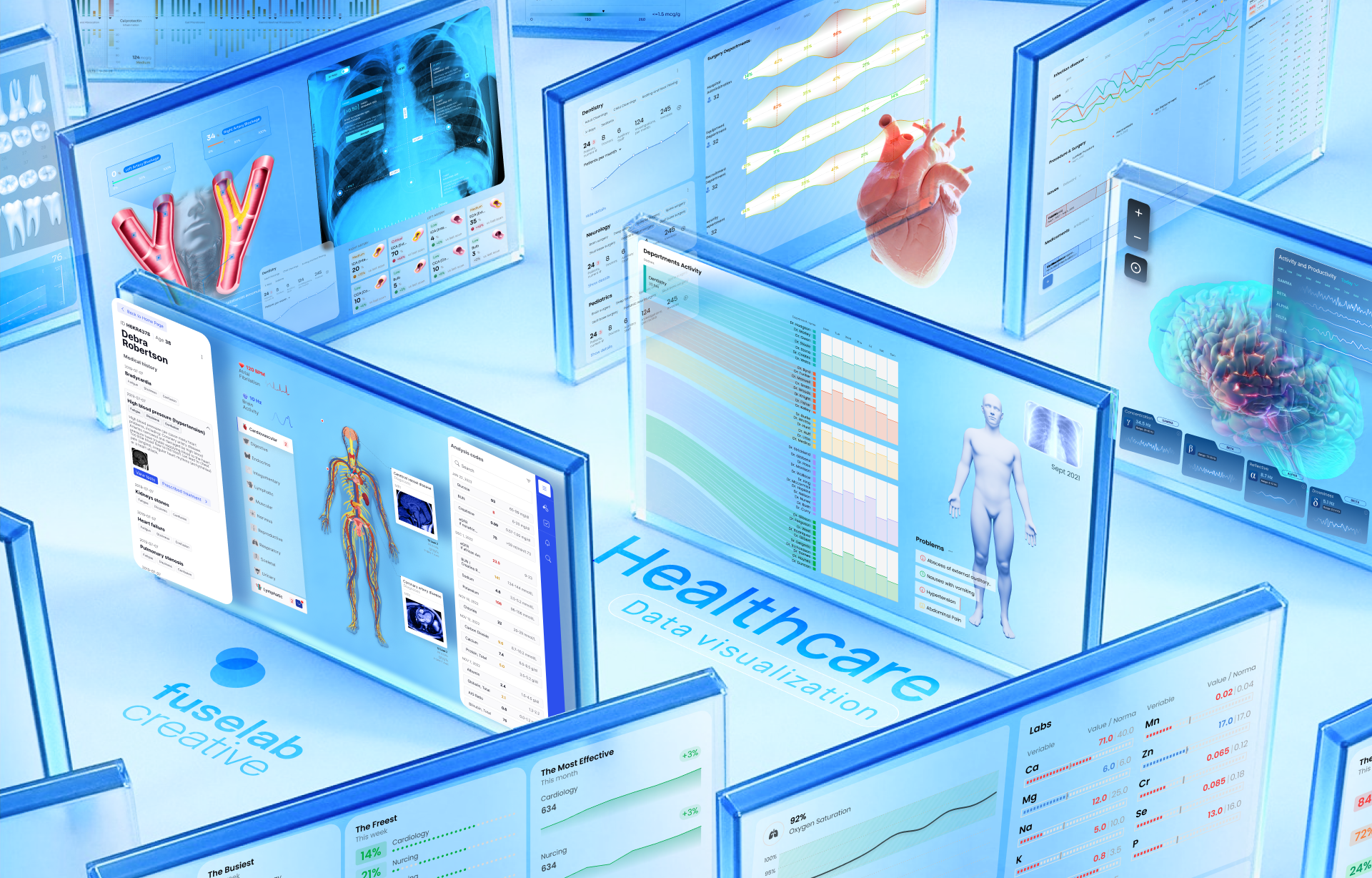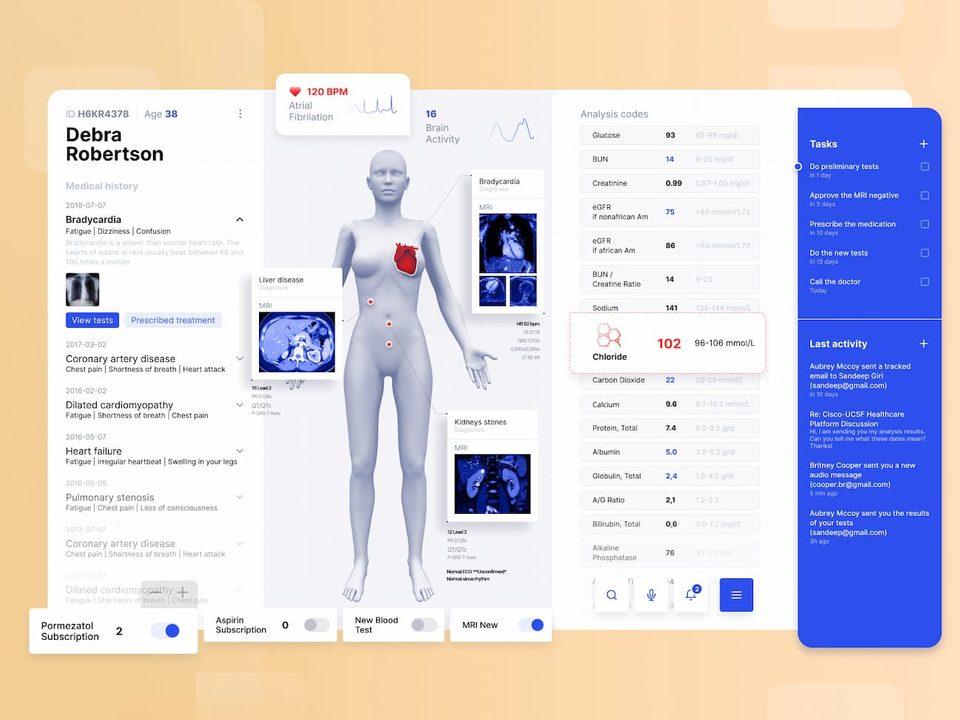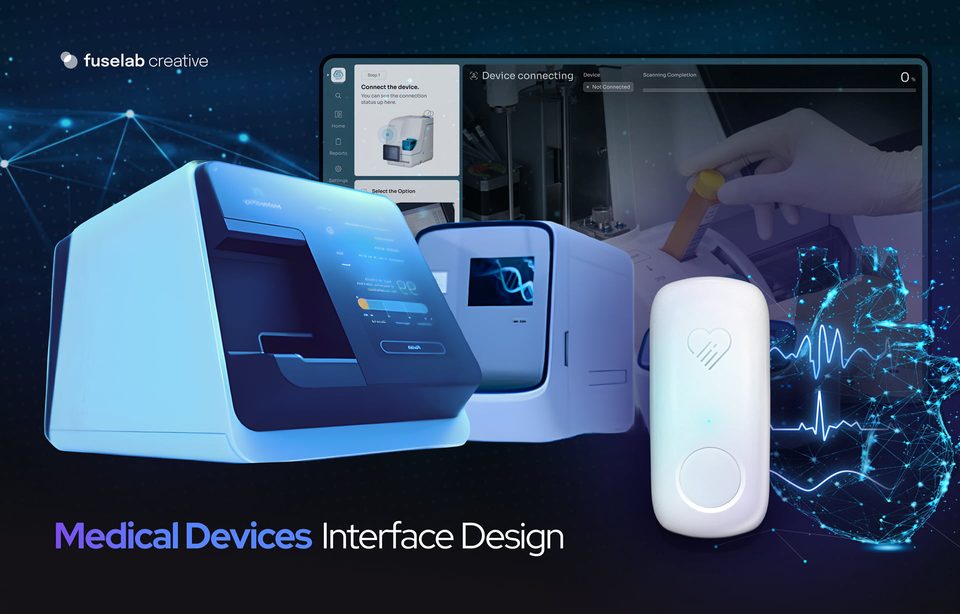The Role Of Graphic Designers In The Healthcare Industry

Role of Graphic Designers
The important role graphic design plays in delivering powerful messages.
Before emphasizing the important role graphic design plays in delivering powerful messages in the healthcare industry, let us make an analogy with something else that also impacts our lives every day – public policy.
Such an analogy might seem strange at first, but we strongly believe there are striking similarities, and the success of both, public policy and graphic design, rests not only on the power of the message or the idea they try to convey but also on flawless execution and implementation.
Simply defined – public policy is what the government chooses to do in a specific area, and if its actions are based on great ideas backed up by a powerful message – the expected result is a great public policy; a policy that will produce the desired outcome. Unfortunately, this is not always the case. Good ideas that are not followed by a carefully crafted strategy always remain just that, good ideas. Moreover, those good ideas and messages might not even reach the targeted audience. UI/UX design in the healthcare industry is a must to provide the data accurately so that everyone can understand it.
And all this is happening because there was not sufficient effort invested in all other stages: defining precisely the problem, delivering the strong message, finding the right solution/approach to address the problem, carrying out an impeccable implementation, and finally evaluating the results.
Graphic design in the healthcare industry is not much different. It can be broken into the same stages, and all steps need to be given considerable attention. But we believe there is an important distinction to be made: The creative mind operates from a different perspective and position, uses different tools and ingredients, and cannot rely on enforcing capabilities.
In a way, it is a weaker position, and this is precisely why from all the stages described above, delivering the message or idea – is of vital importance, it becomes a fundamental stage – the climax of a creative process. To achieve desired results graphic designers have to rely on something ingenious, something almost magical, a cocktail of persuasion, seduction, clarity and simplicity, efficiency and utility, and emotional and behavioral attachment. Check our medical app UI/UX design tips.
The color, shape, position, and aesthetic feeling are very important, but without a well-thought strategy containing the ingredients of our cocktail they are worthless; the message might not reach the targeted audience, will not engage the users emotionally, and finally, will not elicit the desired behavior. To summarize – the strategy is decisive and every minute detail counts!
The Importance of Graphic Design in the Healthcare Industry
It is hard to find an area as important and as complex as the healthcare industry. The importance, but also the special, particular necessities and needs in the sector demand an exclusive consideration and unique creative approach. The diversity of practices and services offered in the healthcare industry knows no boundaries.
No matter what is our final goal:
- increasing patient engagement
- strengthening doctor-patient relations
- changing patients’ behavior
- improving referrals
- branding and marketing
- content access and management
- metrics or feedback
- delivery of care and medicine, etc. – all are healthcare design challenges that require a specific approach and their strategy. Get the strategy wrong and instead of having a great impact on healthcare, you may have only a limited one, or even worse, nothing achieved at all.

Medical professionals and organizations have no time or lack the skills or the knowledge to approach such complex endeavors, especially when they involve lots of digital interaction. Our role is precisely that – to reduce this complexity to clear and simple steps for the end-user, to guide them into making the proper choices, adopt the desired behavior, to “inject” necessity, efficiency and utility.
Being aware of all these nuances, the diverse nature of practices, and healthcare design needs, graphic designers have a lot of responsibility not only in front of the client, but also in front of the patient, the healthcare practitioners involved, and all potential future users.
Read also about the benefits of dashboards in healthcare.
At Fuselab Creative UI/UX Design agency we strategize – we approach all stages of the creative process with great care and responsibility, we help you achieve your goals as a big healthcare organization or as a smaller practice; we will make sure you meet your branding or marketing objectives in healthcare.
Knowledge, experience, and passion are the key ingredients for success – and Fuselab takes great pride in having a team of graphic designers that understand the unique and complex world of healthcare UI/UX design.

